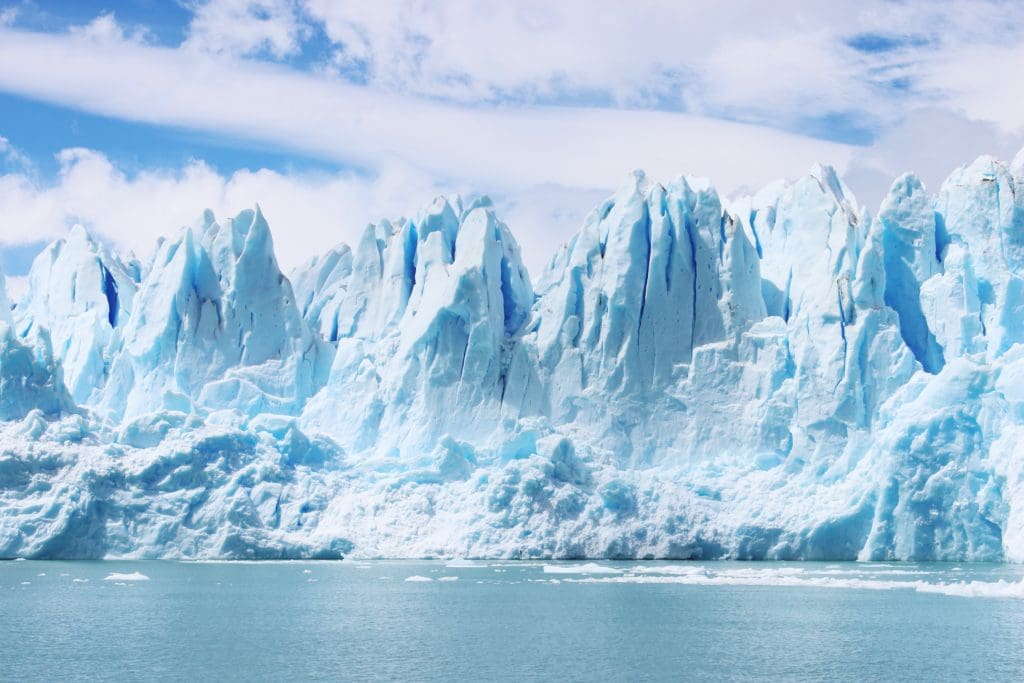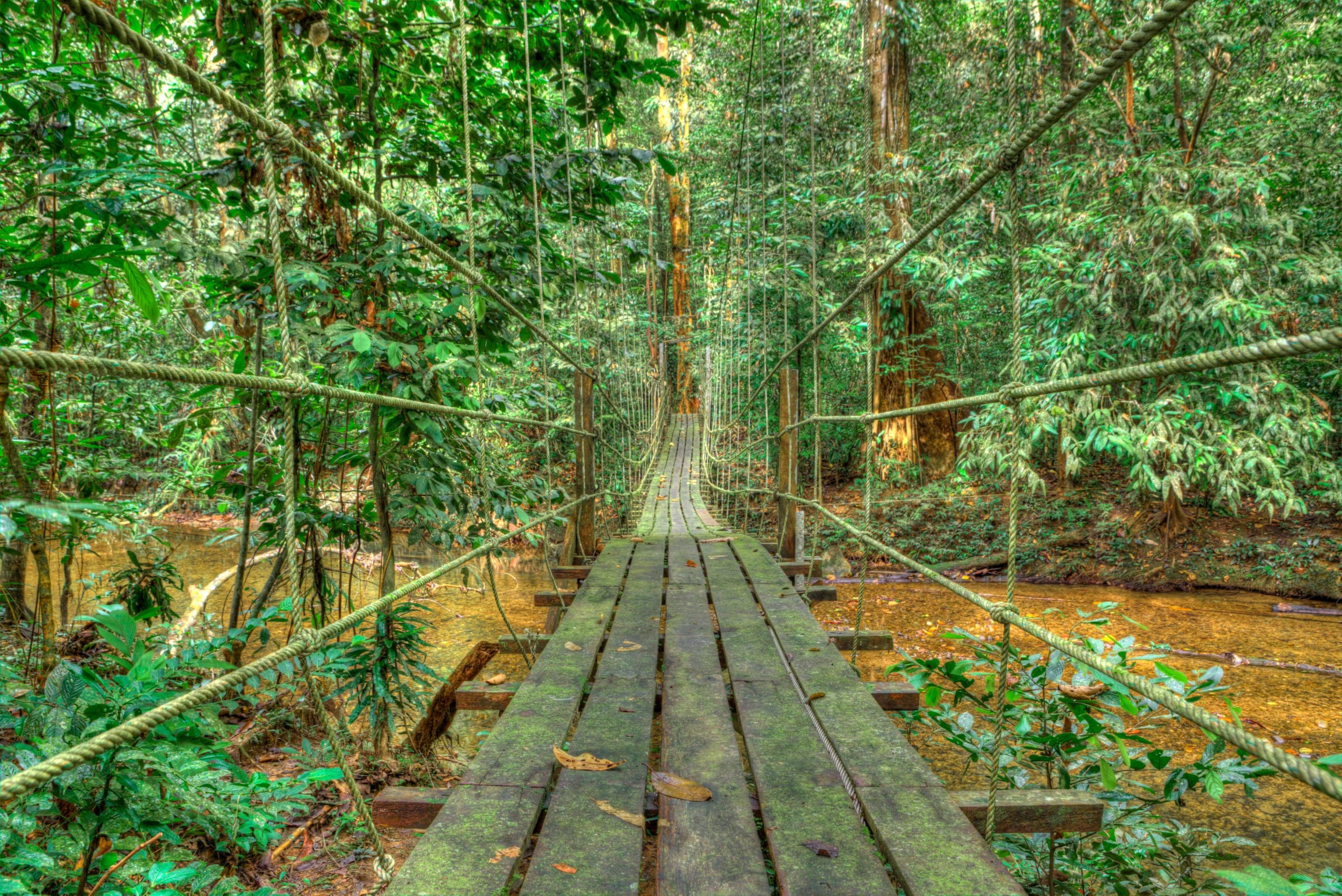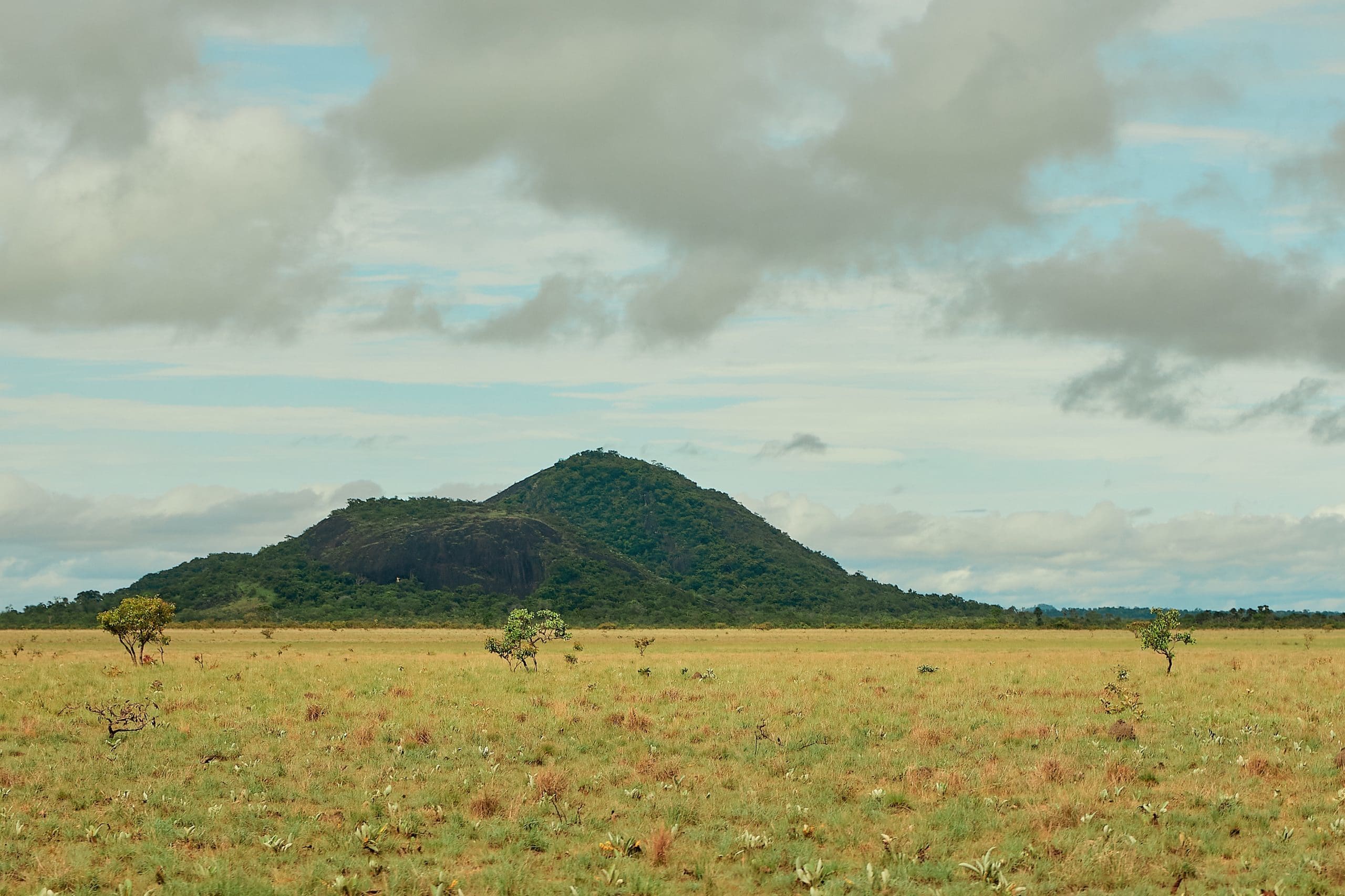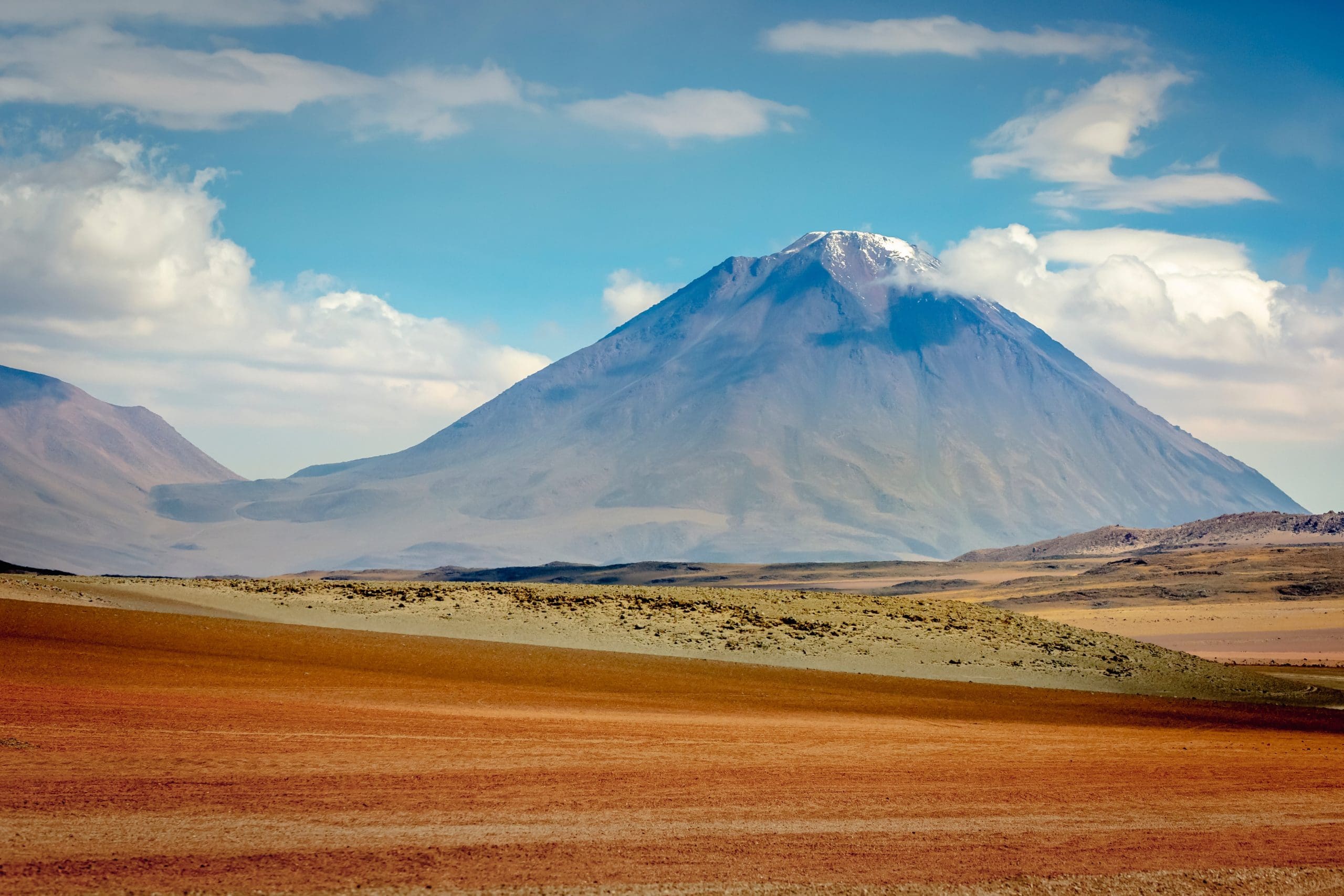Menu
The Southern Patagonia Ice Cap, also known as the Hielo Continental, is one of the largest continental ice fields in the world. It covers an area of about 16,800 square kilometers and spans the border between Argentina and Chile.
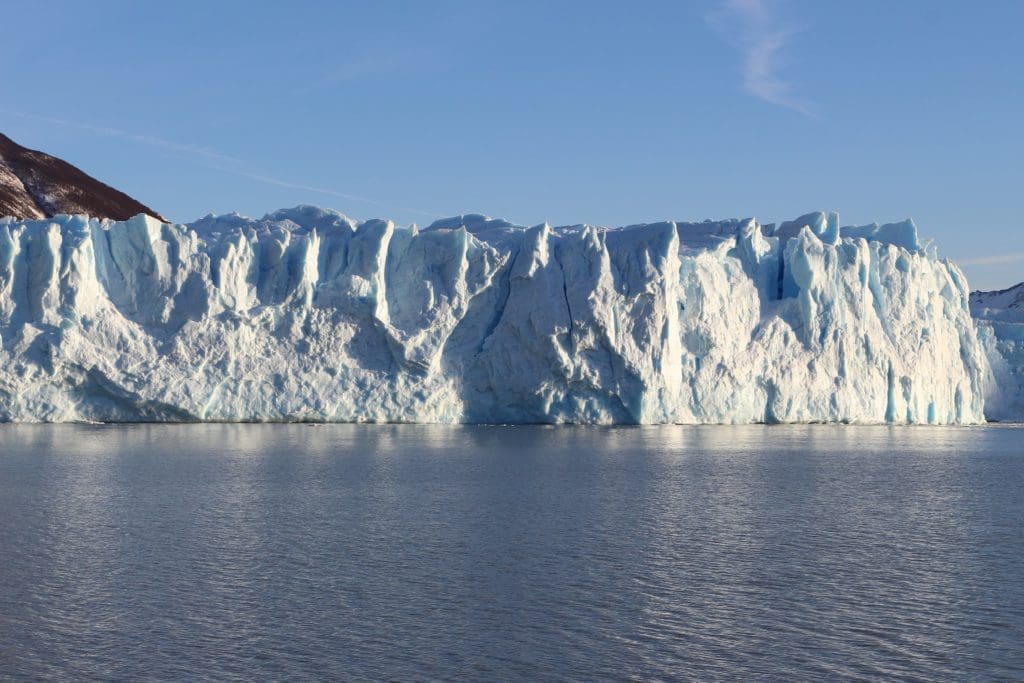
The Southern Patagonia Ice Cap in Argentina is a must-visit destination for several reasons:
Unique natural beauty: The Southern Patagonia Ice Cap is one of the largest ice caps in the world, and the landscape is truly unique. The ice fields, glaciers, and snow-capped mountains are stunning and otherworldly, and the area is home to a diverse range of wildlife, including pumas, guanacos, and Andean condors.
Outdoor adventure opportunities: The Southern Patagonia Ice Cap offers a wide range of outdoor adventure opportunities, including hiking, trekking, mountaineering, and glacier exploration. There are many well-marked trails that lead through the ice fields, and experienced climbers can attempt to summit some of the area’s tallest peaks.
Cultural significance: The area around the Southern Patagonia Ice Cap is rich in cultural history, with indigenous communities living in the area for thousands of years. Visitors can learn about the history and culture of these communities, and also see firsthand the impact of climate change on the environment and the people who live there.
Environmental conservation: The Southern Patagonia Ice Cap is a fragile environment that is threatened by climate change and other environmental factors. Visiting the area can help raise awareness about the importance of conservation and inspire people to take action to protect the environment.
The best time to travel to the Southern Patagonia Ice Cap in Argentina is during the summer months, which run from December to February. This is the warmest time of year, with average temperatures ranging from 5°C to 15°C (41°F to 59°F) during the day. The longer days during this time of year also allow for more time to explore the area.
However, it’s important to note that the weather in Patagonia can be unpredictable, and you should be prepared for all types of weather conditions regardless of when you visit. Even in the summer months, it can be cold and windy, and there may be periods of rain or snow.
If you’re planning to go glacier trekking or engage in other outdoor activities, it’s best to go during the summer months when the weather is milder and the days are longer. However, if you’re interested in winter sports like skiing or snowboarding, you may want to consider traveling during the winter months (June to August), when there is snow on the ground.
Overall, the best time to visit the Southern Patagonia Ice Cap in Argentina is during the summer months from December to February, when the weather is milder and more conducive to outdoor activities.
